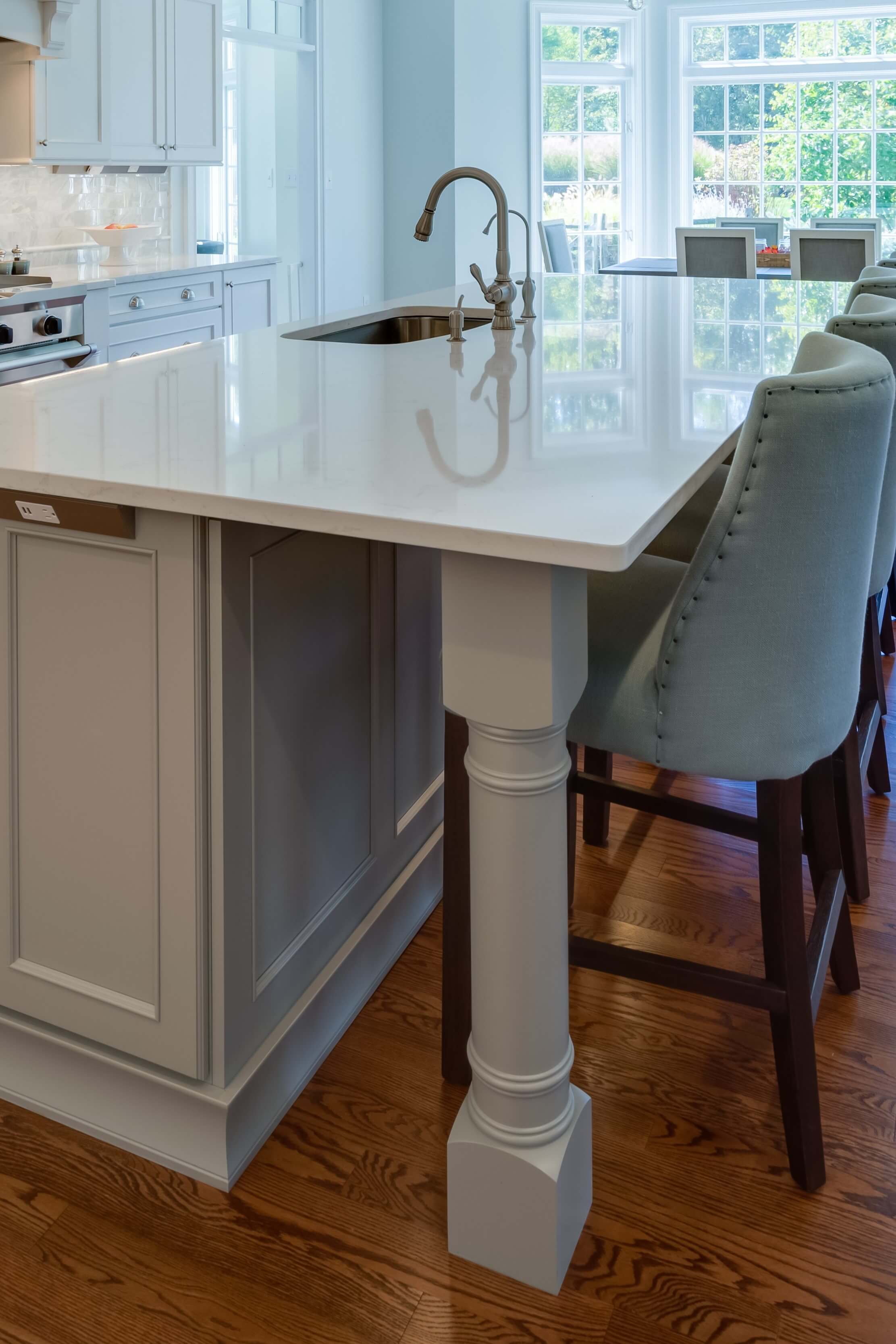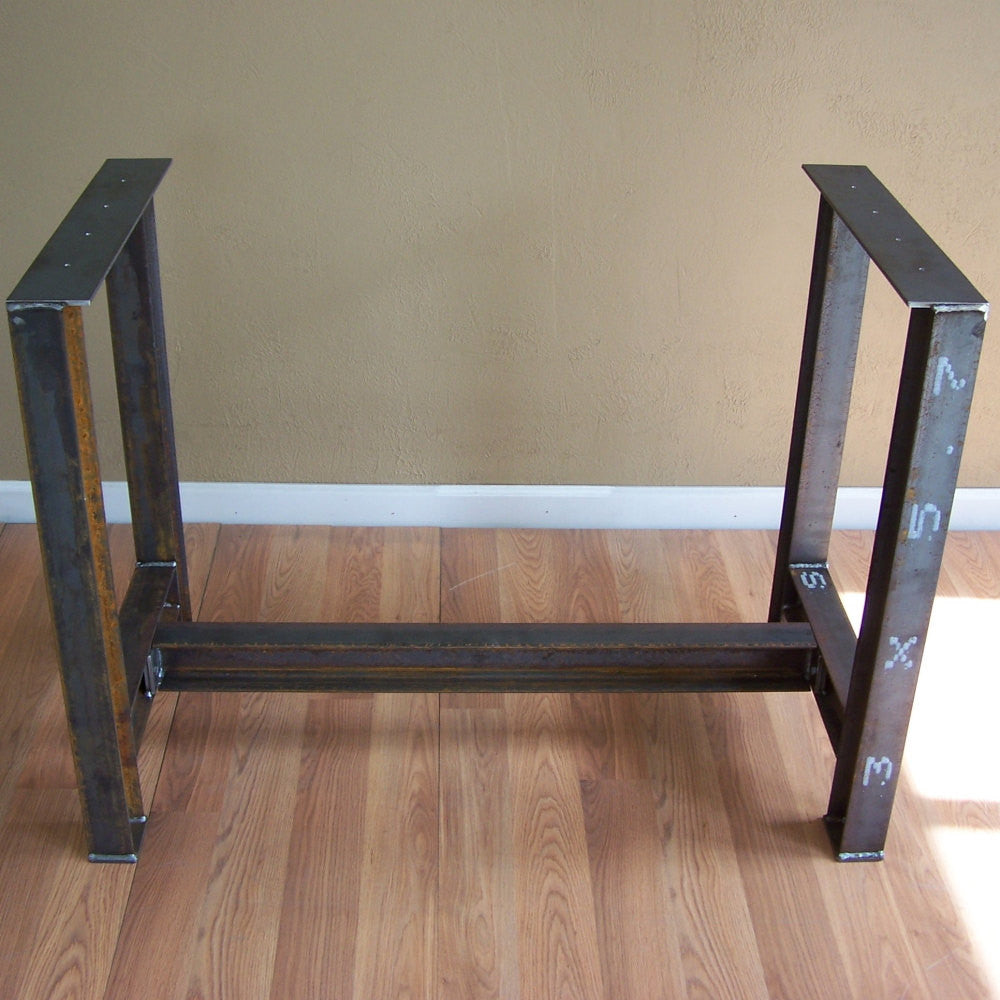Transform Your Kitchen's Appearance with One-of-a-kind Legs For Kitchen Island Devices
Transform Your Kitchen's Appearance with One-of-a-kind Legs For Kitchen Island Devices
Blog Article
Necessary Variables to Consider When Selecting Legs For Kitchen Island
Selecting the proper legs for a kitchen island entails a careful analysis of multiple aspects that can considerably affect both functionality and visual allure. As we check out these components, it becomes clear that each choice can have far-reaching ramifications for the total kitchen experience.
Product Options
When selecting legs for a kitchen area island, recognizing the various material alternatives is important for accomplishing both visual appeal and structural stability (Legs For Kitchen Island). The selection of material substantially affects not only the sturdiness of the island yet also its overall style and capability
Metal legs, often made from stainless steel or functioned iron, add a modern-day and commercial feeling while guaranteeing sturdiness and stability. These materials are immune to use and can sustain considerable weight, making them excellent for bigger islands.
An additional choice is crafted materials, like MDF or plywood, which can be extra affordable while still providing a variety of coatings. They may not give the same degree of stability as strong wood or steel. Legs For Kitchen Island. Last but not least, products such as acrylic or glass can produce a modern appearance, though they might call for additional support to ensure security.
Eventually, the selection of material for cooking area island legs should line up with the preferred functionality and the overall theme of the kitchen area.
Style and Style

When thinking about style, the form and coating of the legs are vital. Conical legs can supply a sense of lightness and elegance, while thicker, extra robust legs can convey strength and security. In addition, the coating-- be it painted, stained, or all-natural-- ought to match the cabinets and counter top materials to create a unified appearance.
Additionally, the design of the legs can likewise reflect individual preference. Custom-made or decorative legs, such as those including elaborate makings or one-of-a-kind geometric shapes, can work as centerpieces, adding character and individuality to the cooking area. Eventually, the right selection will not only boost functionality yet likewise boost the aesthetic charm, making the kitchen island a standout attribute of the home.
Height Considerations
Picking the appropriate elevation for cooking area island legs is important, as it straight impacts both functionality and convenience. The basic elevation for a kitchen island typically ranges from 36 to 42 inches, lining up with typical countertop elevations. A 36-inch height is suitable for cooking and cooking, permitting comfy use kitchen home appliances and tools. On the other hand, a height of 42 inches is typically favored for islands planned for bar seats, fitting taller stools and providing an informal dining experience.

It is additionally necessary to account for individuals' elevations and preferences. Personalizing the elevation can make certain a comfortable experience for all member of the family, making the kitchen area island a much more useful and pleasurable area.
Weight Assistance
Making certain adequate weight assistance for cooking area island legs is crucial for both security and capability. The cooking area island usually serves several objectives, consisting of food prep work, dining, and additional storage, demanding a robust support structure. When choosing legs, it is important to think about the general weight capability needed based upon the island's planned use and the products that will certainly be put on it.
The choice of product for the legs plays a considerable role in their weight-bearing abilities. Solid wood, metal, and sturdy compounds normally offer exceptional stamina compared to lighter materials. Additionally, the layout of the legs-- whether they are directly, tapered, or have a pedestal form-- can affect their capability to distribute weight successfully throughout the structure.
Always speak with the producer's specs redirected here relating to tons limitations to guarantee that the legs can sustain the intended weight without compromising safety. In summary, picking cooking area island legs with ample weight assistance is necessary for producing a risk-free and functional cooking area.
Setup and Maintenance
Proper installment and upkeep of kitchen area island legs are crucial for ensuring longevity and security. To begin, it is important to follow the supplier's standards during installation. This usually includes securing the legs to the space station utilizing suitable fasteners, making certain that the legs are degree and aligned. Utilizing a degree tool can aid protect against tottering and boost the general aesthetic appeal of the kitchen island.
When mounted, routine upkeep is required to maintain the integrity and look of the legs - Legs For Kitchen Island. For wood legs, regular cleansing with a damp fabric and application of ideal wood gloss can protect against wetness damage and preserve their surface. Metal legs might call for a gentle cleansing remedy to remove oil and crud, followed by a completely dry towel to avoid corrosion development
Furthermore, evaluate the legs routinely for indications of wear or damages, such as fractures or loosened joints. Tightening up screws or screws as required can additionally prolong the lifespan of the legs. By adhering to these installation and maintenance practices, property owners can make sure that their kitchen area island continues to be tough and aesthetically appealing for several years ahead.
Verdict

Visual comprehensibility is paramount in choosing the design and layout of legs for a cooking area island, as these elements significantly influence the general setting of the room. Conical legs can provide a sense of lightness and sophistication, while thicker, a lot more durable legs can share toughness and security.Choosing the suitable height for kitchen area island legs is vital, as it straight influences both capability and convenience. In recap, picking cooking area island legs with ample weight assistance Get More Information is essential for creating a functional and safe cooking room.
In verdict, picking legs for a cooking area island necessitates mindful factor to consider of numerous factors, consisting of material options, style, height, weight support, and installation.
Report this page